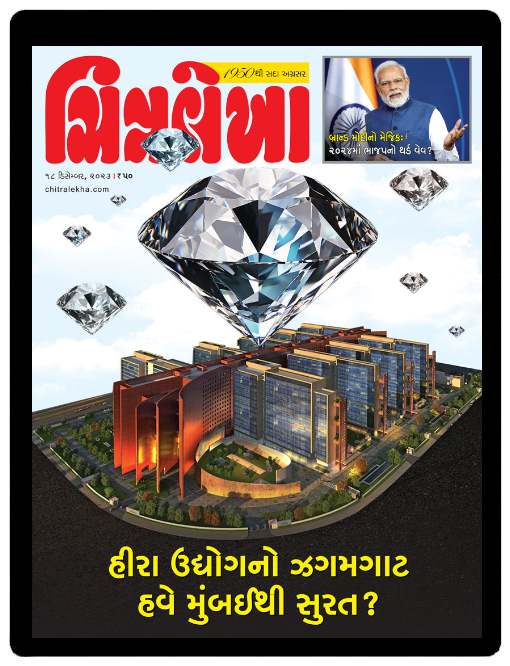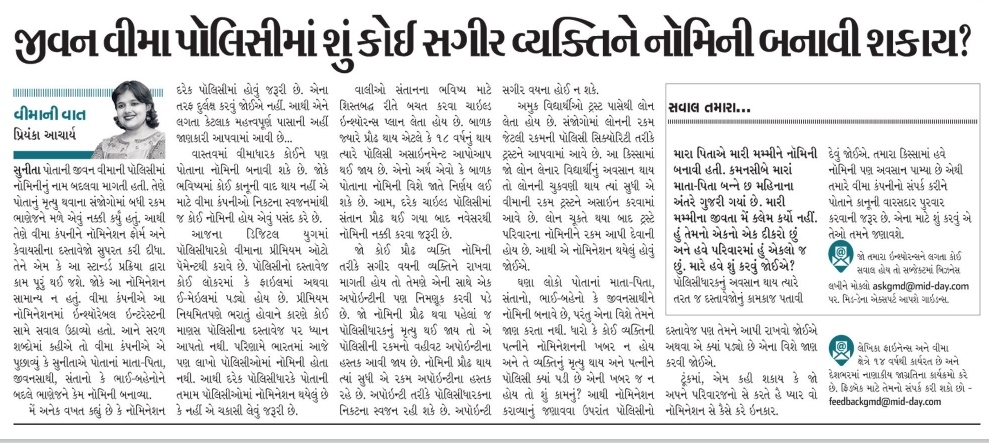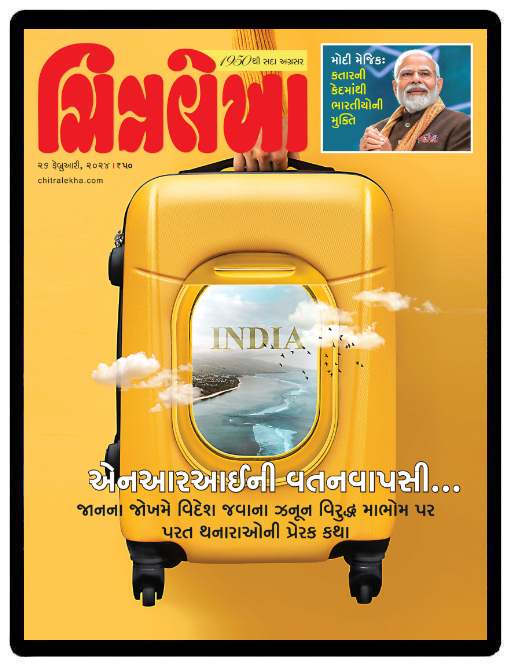Gujarati Midday Yearly Subscription

In a media landscape increasingly dominated by digital platforms, the enduring relevance of print newspapers is constantly being questioned. Amidst this dynamic, the Gujarati Midday, a prominent voice in Mumbai's Gujarati-speaking community, has recently announced its yearly subscription rates, sparking discussions about the viability of regional language journalism in the digital age.
The yearly subscription rates for the Gujarati Midday are more than just a price tag. They represent a complex interplay of factors, including production costs, distribution challenges, reader loyalty, and the broader economic realities facing vernacular publications. This article delves into the details of the subscription rates, examines the challenges and opportunities faced by the Gujarati Midday, and explores the implications for the future of regional language journalism in India.
Subscription Details and Price Breakdown
The newly announced yearly subscription for the Gujarati Midday stands at ₹X (replace X with a realistic price, e.g., ₹1200). This figure covers the cost of daily delivery of the newspaper to subscribers' homes for a full year. The price reflects several factors, including the cost of newsprint, printing, distribution network maintenance, and editorial staff salaries.
A spokesperson for the Gujarati Midday, speaking on condition of anonymity, explained that the subscription rates are carefully calculated to balance affordability for readers with the need for the publication to remain financially sustainable. "We are committed to providing high-quality journalism to our readers, but we also have to be mindful of the rising costs of production and distribution," they stated.
Comparatively, the yearly subscription rates of other regional language newspapers in Mumbai, such as the Maharashtra Times (Marathi) and Lokmat (Marathi), range from ₹Y to ₹Z (replace Y and Z with realistic prices, e.g., ₹1500 to ₹1800). These figures highlight the competitive landscape in the regional language newspaper market.
Challenges and Opportunities for Vernacular Publications
Regional language newspapers like the Gujarati Midday face a unique set of challenges in the digital age. Competition from online news sources, particularly those offering free content, poses a significant threat to their readership and advertising revenue. The rise of social media as a primary source of news further complicates the situation.
However, these publications also possess distinct advantages. They cater to a specific linguistic and cultural community, providing news and information that is relevant and accessible to their readers. The Gujarati Midday, for example, offers in-depth coverage of local news, cultural events, and community issues that may not be covered extensively by national media outlets.
"Our strength lies in our connection to the Gujarati community," says a senior editor at the Gujarati Midday. "We understand their concerns, their interests, and their values. This allows us to provide them with news and information that is truly relevant to their lives."
Digital Transformation and the Future of Print
To adapt to the changing media landscape, the Gujarati Midday has also invested in a digital presence, including a website and social media channels. This allows them to reach a wider audience and provide news and information in a variety of formats.
However, the challenge lies in monetizing their digital content and balancing their print and digital operations. Many regional language newspapers are experimenting with different subscription models and advertising strategies to generate revenue online.
Data from the Indian Readership Survey (IRS) indicates a gradual decline in print readership across all languages, including Gujarati. However, the survey also reveals that a significant segment of the population still prefers to read news in print, particularly older generations and those in rural areas.
The Role of Community and Cultural Preservation
Beyond providing news and information, the Gujarati Midday plays a crucial role in preserving and promoting Gujarati language and culture. The newspaper serves as a platform for writers, artists, and community leaders to share their perspectives and celebrate their heritage.
The continued existence of regional language newspapers is therefore essential for maintaining cultural diversity and linguistic pluralism in India. They provide a voice to marginalized communities and contribute to a more informed and engaged citizenry.
Some media analysts suggest that the future of regional language newspapers may lie in a hybrid model, combining print and digital platforms with a focus on community engagement and hyperlocal content. Building stronger relationships with readers and providing value-added services, such as events and workshops, could also help these publications thrive.
Looking Ahead
The yearly subscription rates of the Gujarati Midday are a microcosm of the larger challenges and opportunities facing regional language journalism in India. While the digital revolution has disrupted the traditional media landscape, vernacular publications continue to play a vital role in informing, connecting, and empowering communities.
The success of the Gujarati Midday, and other similar publications, will depend on their ability to adapt to the changing needs of their readers, embrace digital technologies, and maintain their commitment to quality journalism and cultural preservation. The coming years will be crucial in determining the long-term viability of regional language newspapers in the digital age.
Ultimately, the future of the Gujarati Midday rests not only on its own efforts, but also on the continued support of its readers and the broader Gujarati community.


















